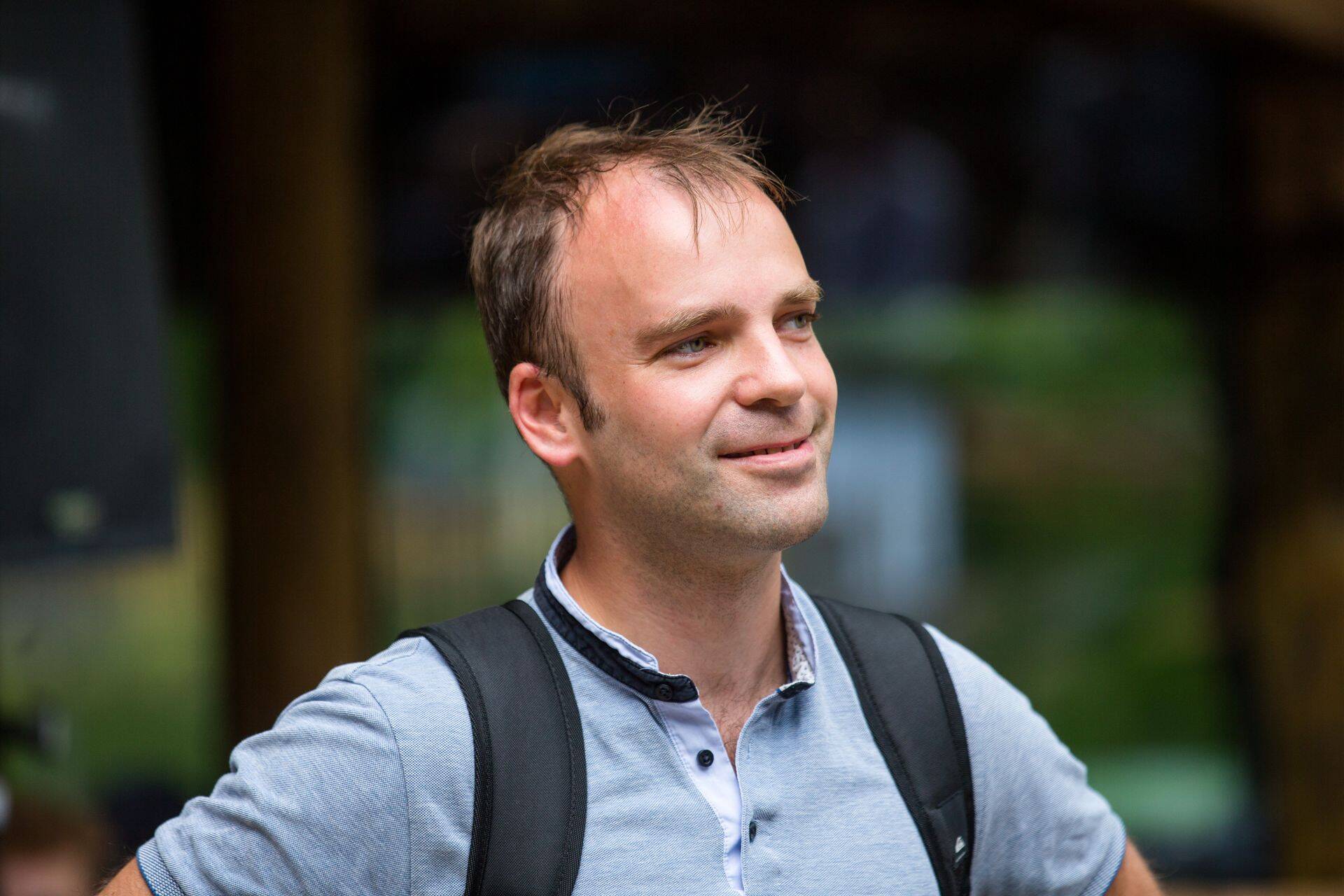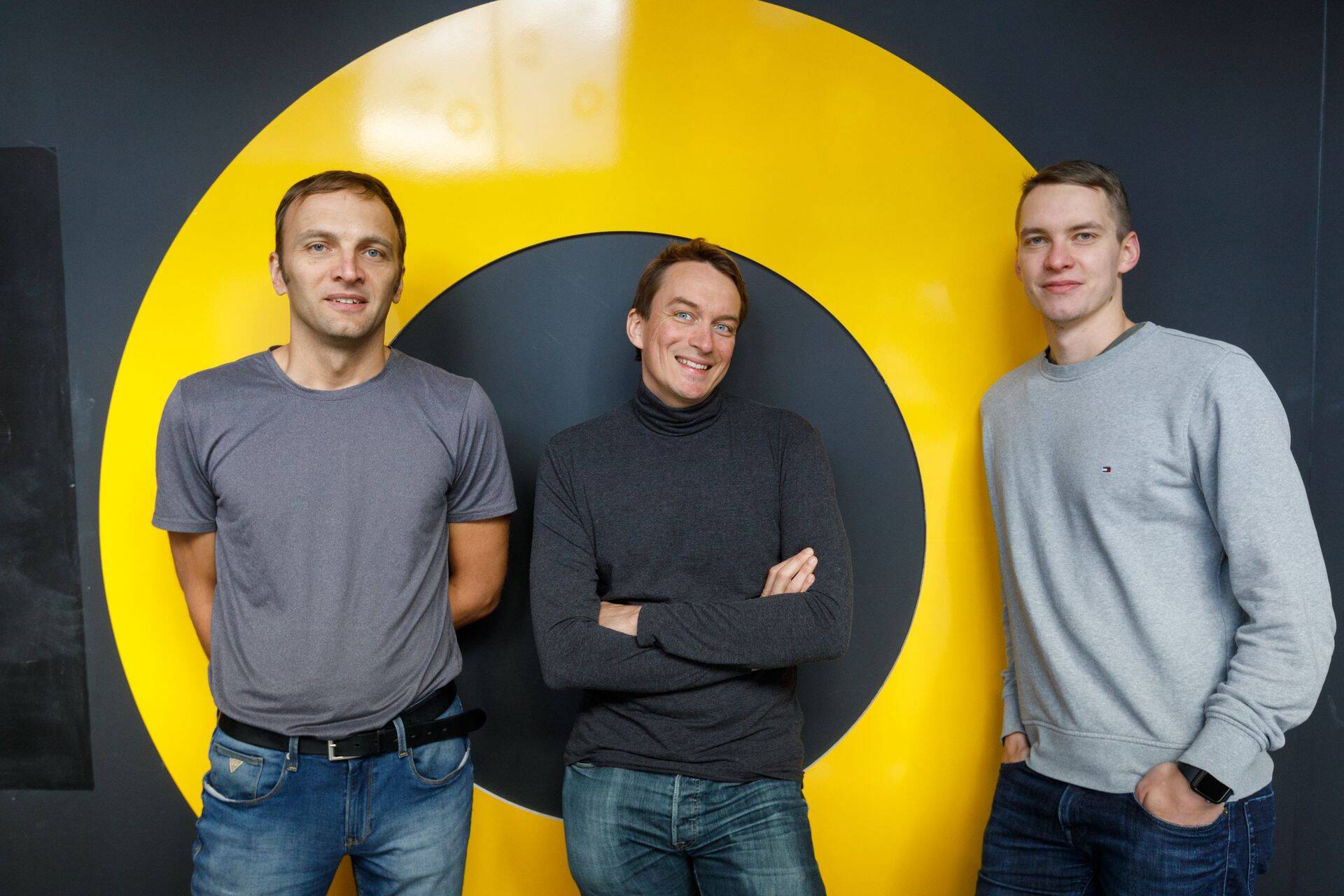Tähelepanu! Artikkel on enam kui 5 aastat vana ning kuulub väljaande digitaalsesse arhiivi. Väljaanne ei uuenda ega kaasajasta arhiveeritud sisu, mistõttu võib olla vajalik kaasaegsete allikatega tutvumine
Madis Müür: Growth Investing in 21st Century
“It is time for investors to review and modernize the fundamentals of their investment strategy - to align them with developments in economy, technology and investing," says startup angel investor Madis Müür.
There is a widespread misconception in Estonia that Warren Buffett is a value investor. Buying cheap and selling expensive. Flipping trinkets forward like some kind of market seller. Such a strategy would yield ten percent or, at best, a few hundred percent of the profits. Have Coca-Cola, Wells Fargo, Gilette, and See's Candy brought him thousands or tens of thousands of percent of the profits because he got them for a cheap price? Or is it still because in the long run the companies have grown faster than the market?
Buffett's goal is nevertheless to find reasonably priced prominent companies that can grow faster than the market in the long run and create great value for shareholders. Not mediocre companies at cheap prices. Growth potential alone is not enough, the company must have a lasting competitive advantage that will allow its growth to be sustainable in the long run. In fact, Buffett's strategy is very similar to that of Jason Calacanis, the author of a book on startup investments that has just been published in Estonian. Buffett could indeed, also be a very good technology investor. Both Buffet and Calacanis are interested in pretty much the same things, namely:
– Strong, well-motivated leadership / team. These two factors greatly influence the growth of mature companies and when speaking about early stage companies, there really isn’t much else.
– Lasting competitive advantage. For sustained rapid growth, something much better needs to be done for sustainable, faster-than-market growth. For example, patents, economies of scale, and brand awareness have granted competitive advantage to old-school companies historically, although with marginalization of older marketing channels and a preference for local products, they are now quietly becoming increasingly scarce as a competitive advantage. In the case of technology, for example, network effects create a significant barrier to protection, Amazon has failed to beat eBay in the auction game, as both buyers and sellers are on the aforementioned platform.
– A product or service loved by customers. Buffett likes to invest in “boring” products such as groceries, railways andbasic necessities - things that can withstand an economic downturn. Calacanis does exactly the same thing: the product needs to coincide with market demands and get better and better. Start-ups solve clients' pain in the same way, and preferably in an even better or cheaper way, otherwise they wouldn’t get customers. Big technology companies like Amazon and Netflix are essentially offering the customer bread and circuses, which was already appreciated in ancient Rome. Boring stuff, but from a different angle. Which one does better in tough times, a$ 7.99 / month Netflix subscription or old-school entertainment? Olympic’s former shareholders are left guessing.
Value investing 3.0
However, Buffet and Calacanis also have their differences. Because of Buffet's conservative approach, he has missed out on Apple's massive growth on the stock market. Instead of getting in at $ 1.2 billion during the IPO and getting nearly 1000x growth, he entered only at $ 900 billion and got almost 50%. But 1000 times and 50% are quite different in magnitude. Not to mention Amazon, where he could have made even more. Graham's Value Investing 1.0, or in ohter words buying below book value, hasn’t worked for a while now.
Buffet’s value investing 2.0, or investing in a strong brand and a seemingly competitive advantage, has also been losing ground over the past decade. Large retail brands are no longer enjoying the success they enjoyed between the 1980s and the last decade, due to traditional marketing dying out. At the same time, Calacanis is successfully gaining access to a few million companies and has gained thousands or tens of thousands of percents of profits with many technology companies. That's what value investing 3.0 has to look at - it's more about growth.
The development of smartphones led the business models of Uber and Instagram to become viable.
One of the most important nuances, besides the above mentioned factors, is timing, according to studies. The company should be able to answer the question of why it should fly right now and support this with current trends. For example, before Youtube, there were many video sites, but at one point, the speed increased and the cost of recording decreased enough to make Youtube’s business model viable. The development of smartphones led the business models of Uber and Instagram to become viable. Of course, there have also been similar successes on smaller levels.
Other important factors include the product-market and product-growth funnel fit, traction, growth hacking and network effects. Nowadays, these provide a longer lasting competitive advantage and enhance the ability to grow faster than the market, i.e. modern value and value investing 3.0.
Analysis of two Estonian growth companies through the eyes of 21st century growth investors
Let's take a look at two of the most popular and profitable Estonian companies through the lenses of Value Investment 3.0. They are hard to find on the stock exchange, and those who participated in the stock market for a while are not above the peak of the previous boom. LHV is one of the few companies that has produced a return to investors in the last decade, and Ampler is the best-performing public investment in Estonia in the last decade, as well as the technology company with the widest investor base.
Historically, LHV has been one of the biggest sources of profit for private client asset management and active investment products, and has been well-timed thanks to the concerns of Scandinavian banks. In addition to high costs, active asset management on the stock exchange in Estonia has performed exceptionally poorly, and the LHV Gulf Fund, the World Equities Fund and pension funds are no exceptions, but rather vivid examples.
At the same time, products useful to clients, such as index funds, have been repeatedly made fun of publicly. The advantage of timing so far is rather temporary. It fades in 1-2 years, and fintechs like Tuleva are pushing fund fees down, with the impact of Robinhood making global trading fees disappear. Newcomers to fintech are putting additional pressure on margins. Without margins, there is not much left in the value of the bank. I wouldn't dare to bet that with their expensive costs and questionable success, the products of a private customer with little or no product market fit will still be available after 10 years. Or does anyone know anyone who likes bank investment products? Would anyone want to tipthe bank because of a good return on pension funds?
Ampler has a very strong product focus, the average consumer rating is very high on Trustpilot. Focusing on pure website sales has been the right decision - ex-Pipedrive's very data-driven marketing team has done a good job. Sales have grown over 100% every year. Customer feedback and the product development process are very fast with direct sales. The product market fit and growth channels are therefore very much present and it is one of the best teams in the industry in Europe in terms of growth hacking.
Company pricing, profit multiplier fetish
Buffett makes no distinction between value and growth investment, according to him, value and growth have a somewhat random link: A reasonable price is highly dependent on the company's growth potential and its sustainability.iIs impact can be minimal or huge. For a declining industry and company, it can also have a significant negative impact!
Nowadays, technology companies are taking over more and more old-school areas, or their profits, at least Facebook and Google ads are stealing the market from the Ekspress Group and Amazon is squeezing retailers, malls, carriers and many more.
Thanks to the ever-accelerating development of technology, old-school value investing is increasingly entering the trap of land mines. Predicting the future based off of past profits and productivity makes less and less sense. Old business families are being sent to retirement homes at an ever-increasing pace, into a spiral of shrinkage, or even bankruptcy, as was the case with Sears for example.
At the same time, the company's profit and profitability ratios are a particularly nuanced topics that many Estonian investors have been wrong about in the past. According to profit multipliers, coal and supermarket prices have made for very good purchases, but in reality they have been candidates for potential bankruptcy and even real bankruptcies.
Also, corporate profits and investor returns are two very different things. Tallink has made hundreds of millions of profits and probably over a billion of EBITDA since the IPO, and the media applauds it. Tens of millions anyway. And profits. But the stock price is down.14 years after the IPO and the stock price is still down! I have no idea why investors are keeping it. Ampler has deliberately grown at the margins, and the value of investors’ share who participated in the first funding round has increased more than 20 times in four years. So you see, the profit and profit multipliers are not necessarily straightforward.
So where would Buffett and Calacanis invest in Estonia – LHV or Ampler? The answer is simple - they wouldn’t invest in either of them! One is too small, the other, too big.
Madis Müür is the founder and CEO of Rahaasjad.ee portal and an investor. His investment portfolio includes Ampler Bikes ja Bikeep.
The article originally published in Estonian in Äripäev. The views presented in the article are those of the author.
FoundME is inviting you on board of a weekly newsletter that will bring you the news and opinion stories from the Estonian startup scene. - Subscribe to FoundME newsletter HERE!
Seotud lood
Iga idu saab alguse ideest. Aga esimene asi, mida teised märkavad, pole sinu pitch deck ega MVP – vaid domeen. See on sinu startup’i esimene pitch. See on see, millega astud oma tiimi ette Slackis, jagad ideed angel investorile LinkedInis või paned selle Product Huntis avalikuks. Kui domeen kõlab nõrgalt, kõlab nõrgalt ka idee.
Enimloetud
Viimased uudised
Hetkel kuum
Liitu uudiskirjaga
Telli uudiskiri ning saad oma postkasti päeva olulisemad uudised.
Tagasi FoundMe esilehele










